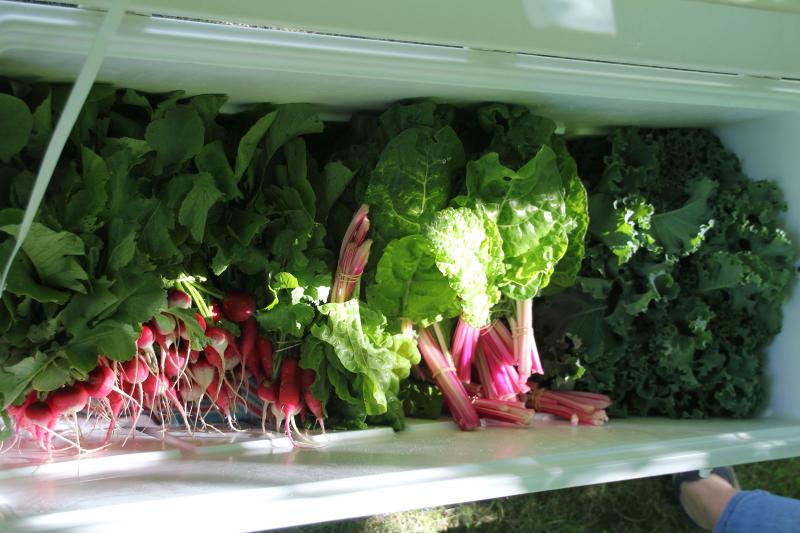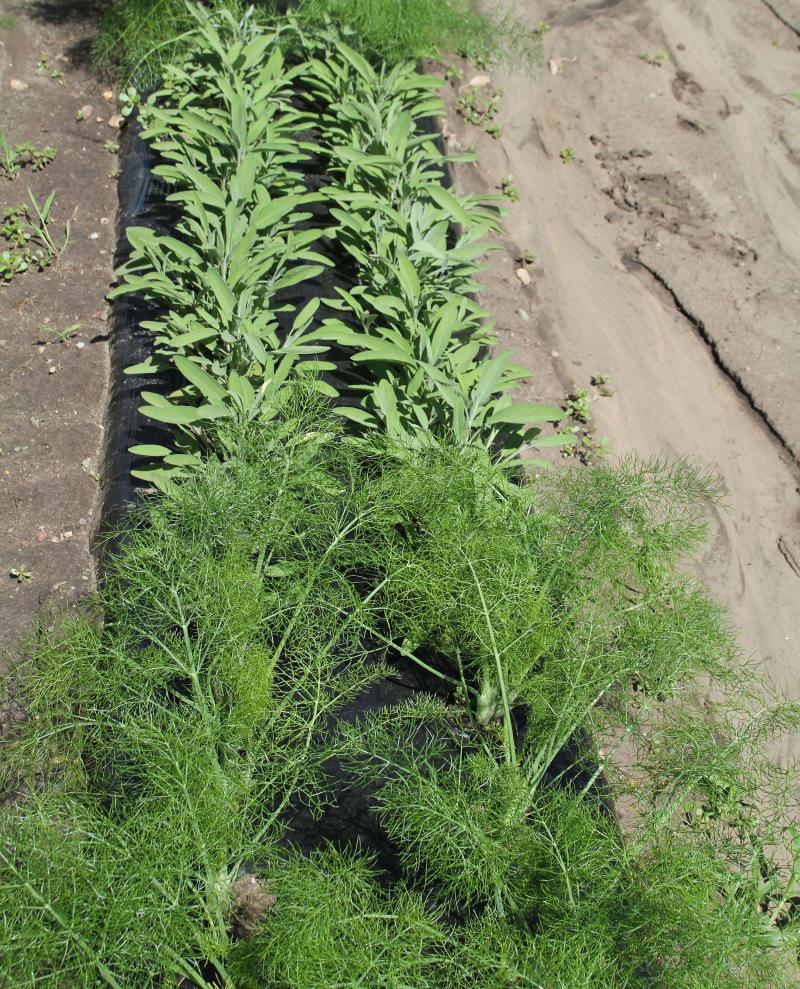Growing Vegetables in Container Gardens

Vegetables are or should be an important part of our daily diets. Unfortunately, so many of us don’t eat as many vegetables and fruits each day as are recommended. So, for my column this week I wanted to focus a bit on growing vegetables. Just about all of us have room to grow a few vegetables, as long as you have some space where they can get good sun exposure for at least six hours a day. You don’t even have to have a garden! There are many vegetable varieties that have been developed to grow in a large pot out on your deck or balcony. There are also new “self-watering” planters that are designed to provide water to the plants as they need it.
Tomatoes
Tomatoes are one of America’s favorite vegetables, even though they are really a fruit, but I won’t get into that now. Tomatoes have seen resurgence in interest with all the seed catalogs, internet sources and area garden centers and hardware stores that are now carrying many of the heirloom varieties as well as the more traditional hybrid types. The fruits come in many different sizes from the small grape tomatoes to the large beefsteak types. Tomatoes can also be found in a variety of colors from green to yellow, orange and red to almost black and multi-colored. What a great way to add color to your meals and add great nutrition and flavor as well.
If you are going to try to grow your tomatoes in a container on your deck or patio, probably the most important thing to consider is getting a large enough container. You want one that will hold enough growing media to hold enough water to keep the plant growing at least for one day straight. It should have at least a five gallon capacity, and bigger is usually even better. The second thing to consider is growing a smaller sized plant that will still grow well in a container versus the typical varieties that really need the space of a garden to spread out and produce lots of fruit. There are even some small cherry tomatoes that are sold in hanging baskets to produce some tasty fruit to add to your salad. Some people have heard about or tried the topsy-turvy tomatoes or upside-down tomato growing method. Yes, this can work but you will likely have much better production if you grow them right-side up but they do make a good topic of conversation. I should also mention that they will not get along with our wind very well either.

Other Vegetables
There are many other vegetables that you can grow in containers like beans, peas, lettuce, radishes, carrots, cucumbers, broccoli and much more. Just remember that the biggest issues are getting enough sun and keeping them from drying out too much between watering. Have fun and experiment and certainly get the kids involved so they can learn where their vegetables come from too.
If you don’t have a deck to use, check with your local community to see if there are any public gardens in the area where you can rent a plot of land to have your own garden. And if none of that seems possible for you, look for an area CSA (Consumer Supported Agriculture) program that can provide you with fresh vegetables, fruits and sometimes other products each week during the growing season or look for area Farmer’s Markets to get your fresh produce.
Consumer Supported Agriculture in Brookings

We have a new CSA here in Brookings and it was started by one of our SDSU Horticulture Instructors, Kim James. However, unlike most of the CSAs that are around the country, this one is really special in that its ultimate goal is education – educating future growers as well as consumers who are the real beneficiaries of local production in getting fresh nutritious food and also helping to support local growers in their own communities.
Wednesday, June 26th was the first day of distribution to the 20 people who signed up for a share or half-share of the produce this new program is producing. Each person received a bounty of fresh spring vegetables including kale, butter head lettuce, Romaine lettuce, bunch onions, radishes, Swiss chard and basil. Now, each week those shareholders will receive another mix of vegetables to take home and enjoy depending on what is available from the garden that week.

Two students, Bret Owens and Annette Weckert, have been working this spring with Kim to get this new Student Farm established at the N. E. Hansen Research Center at South Dakota State University. You might think that this would be a huge endeavor to provide fresh produce to 20 families but Kim and her team are doing it from a plot of about 1/3 acre. But this is not your typical garden either. They are using and demonstrating some best practices for growing vegetables like fabric row-covers, shaped beds with plastic mulch and drip irrigation as well as utilizing organic practices where possible. They have set up a 1650 gallon plastic storage tank on a nearby hill to provide gravity fed water for irrigation. The row covers allowed them to get vegetables to maturity faster than if they were growing out in the open and more exposed to our winds and chilly spring temperatures that we had this year. The row covers also keep out the insects, like cabbage loopers and worms that are normally a major problem with cole crops like broccoli, cabbage and Brussels sprouts but with the fabric in place the moths cannot get close enough to lay any eggs. This fall they hope to be able to extend the growing season by having the row covers protect the plants inside from short term freezing temperatures and frosts.


